I can remember my first fishing rod when I was seven. A plastic rod and reel with heavy line, a bobbin, and hook, my grandma got for me as an after-thought at a marina at a campground we were staying at. As times have changed and kids are now adults, fishing isn’t just plastic or bamboo poles and hooks anymore, it has become a sporting tool and investment. As with any power drill or bread machine, it is important to know the different ways of storing your precious fishing poles and rods, including how to store fishing rods in your garage and provide the needed fishing rod maintenance on a regular basis. A little effort will go a long way in a long future of an angler’s tool, whether you’re snaring your next 8lb bass on a boat or like I did when I was only seven years old, pulling a bluegill in from the water.
1. Cleaning and Preparing to Store Your Fishing Rod
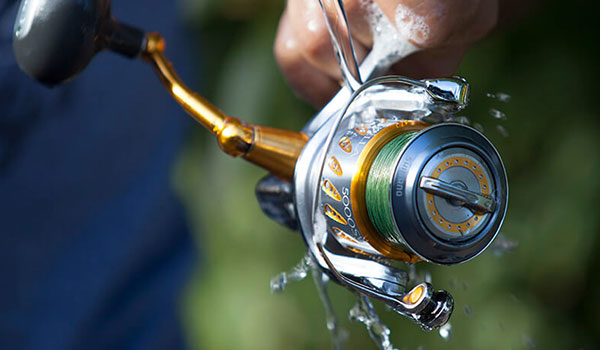 Regardless of if you have purchased the top of the line fish rod, or an economical version, it is important to consider where you’re fishing to avoid jostling your rod against sides of boats, rocks, piers, and various surfaces. It contributes to longevity when treated with care as a part of maintaining your rod in good form.
Regardless of if you have purchased the top of the line fish rod, or an economical version, it is important to consider where you’re fishing to avoid jostling your rod against sides of boats, rocks, piers, and various surfaces. It contributes to longevity when treated with care as a part of maintaining your rod in good form.
The parts of the rod should be thoroughly cleaned as well. After removing your tackle from the lines, clean the guides, mounting hardware, reel, and handles. It is a good idea to coat the joints and guides with paraffin or wax to prevent any friction on its next use and will eliminate preparation times when you are anxious to get out on the water the next time.
2. Batten Down or Tie the Line
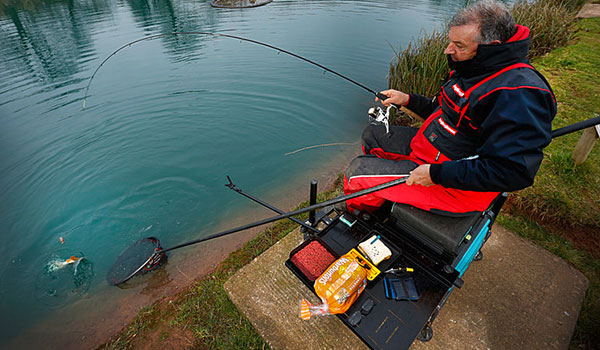 A simple and effective way to maintain the rod is to cup the hook on one of the guides, preventing too much slack but holding the fishing line in without reeling so tight that the rod bends. This is a good method to use during fishing pole storage if necessary. The most important part of fishing rod maintenance is not to bend the tip of your rod when not in use, but also secure enough to avoid tangles.
A simple and effective way to maintain the rod is to cup the hook on one of the guides, preventing too much slack but holding the fishing line in without reeling so tight that the rod bends. This is a good method to use during fishing pole storage if necessary. The most important part of fishing rod maintenance is not to bend the tip of your rod when not in use, but also secure enough to avoid tangles.
3. Ways to Store Your Rod
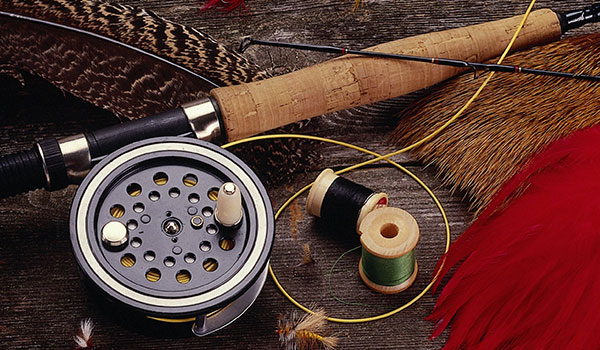 There are several methods of storing your rod. It can be stored horizontally or vertically depending on the space you have. As long as you have decided on an area that you can mount the entire length of the rod. These are things to consider for your master plan of fishing rod maintenance.
There are several methods of storing your rod. It can be stored horizontally or vertically depending on the space you have. As long as you have decided on an area that you can mount the entire length of the rod. These are things to consider for your master plan of fishing rod maintenance.
Store road in your garage:
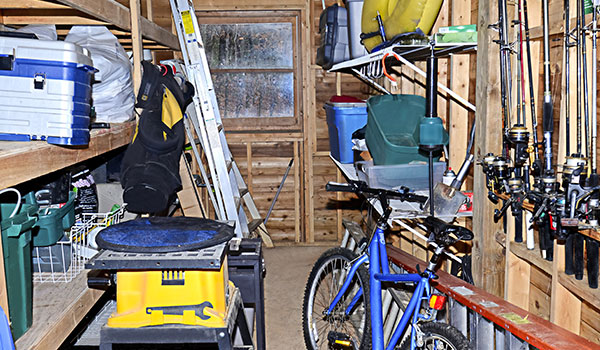 One good DIY fishing rod storage method is storing it in your garage. This provides protection from weather and outdoor elements and ease of accessibility for your next 4:00 am fishing call, even in the winter. Here’s how to do just that:
One good DIY fishing rod storage method is storing it in your garage. This provides protection from weather and outdoor elements and ease of accessibility for your next 4:00 am fishing call, even in the winter. Here’s how to do just that:
- Loosen the drag on the rod and reel
- Remove the line from the rod and real before you store it
- Select an area that will accommodate the full length of the rod
- Cut two pieces of wood 2 by 3 to 4 feet long
- Saw a 2′ thick piece of PVC pipe into 6′ sections
- Screw the PVC pipe at the bottom of each board
- Attach hooks to the other end of the board
- Screw the boards to your garage wall
You have your own self-made fishing rod mount to further your fishing rod maintenance.
Store Rods in Your Car:
 If you do not have room in your garage, you can store your fishing rod in your car by disassembling it at the joints into shorter pieces and keeping it in your trunk. There it is still protected from weather and elements as well as still accessible. Your Tackle box and equipment can be stored alongside and you’re ready for fishing at any time. Expert anglers always suggest to not let your rod sit in a car in extreme heat because that may weaken the structure of your rod in time, whatever the type.
If you do not have room in your garage, you can store your fishing rod in your car by disassembling it at the joints into shorter pieces and keeping it in your trunk. There it is still protected from weather and elements as well as still accessible. Your Tackle box and equipment can be stored alongside and you’re ready for fishing at any time. Expert anglers always suggest to not let your rod sit in a car in extreme heat because that may weaken the structure of your rod in time, whatever the type.
4. Wear Gloves on Cork Rods
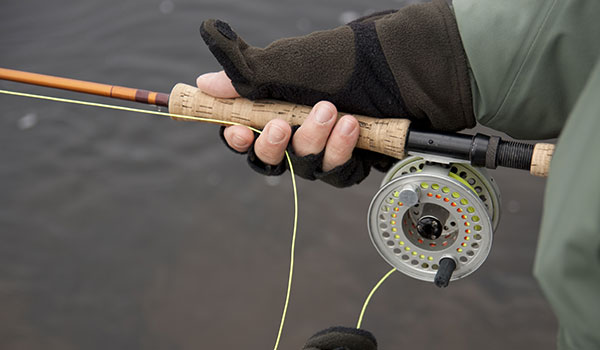 While every angler has a view on the best handle to use on a fishing rod, if you are fishing with the time-honored cork handled rod, try wearing gloves to reduce friction and have a better grip. This will also prevent the eventual tendency for the cork to form to the shape of your hand after repeated pull and provide longer use of your equipment.
While every angler has a view on the best handle to use on a fishing rod, if you are fishing with the time-honored cork handled rod, try wearing gloves to reduce friction and have a better grip. This will also prevent the eventual tendency for the cork to form to the shape of your hand after repeated pull and provide longer use of your equipment.
5. Saltwater Fishing
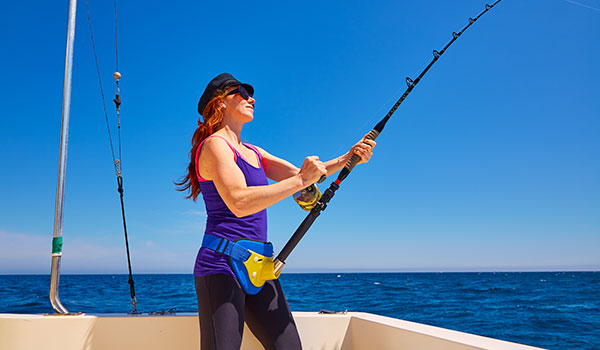 There are additional cleaning products that can be used to further protect your fishing rod against damage and corrosion that can come from repeated use in salt water, especially joints, mounts, or screws. The last thing you would want is your equipment giving out while you’ve been pulling a marlin for two hours.
There are additional cleaning products that can be used to further protect your fishing rod against damage and corrosion that can come from repeated use in salt water, especially joints, mounts, or screws. The last thing you would want is your equipment giving out while you’ve been pulling a marlin for two hours.
6. Freshwater Fishing
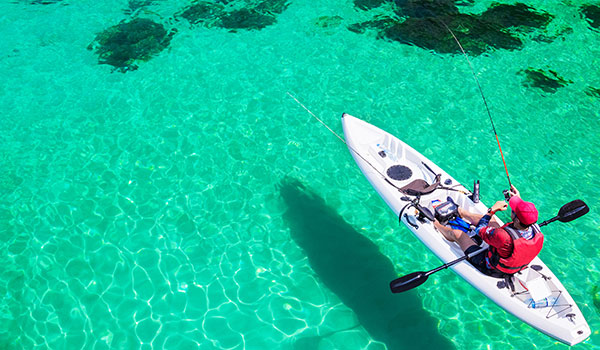 While less damaging than saltwater, you should always clean your rod after use in fresh water. Putting a rod away straight out of the water of any kind is a mistake and if done, you may find your fishing rod or pole no longer usable when you reach for it on your next excursion.
While less damaging than saltwater, you should always clean your rod after use in fresh water. Putting a rod away straight out of the water of any kind is a mistake and if done, you may find your fishing rod or pole no longer usable when you reach for it on your next excursion.
In conclusion, fishing is fun even for the serious hobbyist. Fishing rod set-up and maintenance is just a part of making the fun last longer with the least expense and hassle. One of the easiest methods to extend the possibilities is to learn how to store fishing rods in your garage. Quick, easy, with less investment cost for your equipment, and less time spent looking for replacement fishing rods. A good way to get the information you need or if you have questions is to talk to your knowledgeable fishing rod and equipment associates who know the tricks of the trade and can help you become a more informed consumer, angler and to make your fishing experience more enjoyable. Get the excitement going, like I did when I was seven, and hooked my first bluegill. Follow these few simple tips to improve your future experiences in fishing.










































